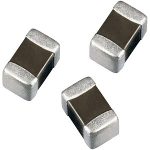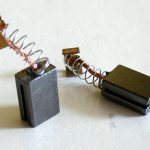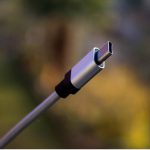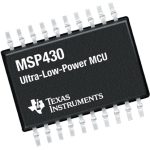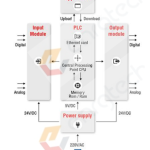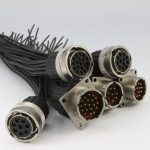
Presence sensing
Consumer and industrial systems are growing smarter every passing day. They have become more interactive and autonomous. Owing to these developments, there is a need to empower them so that they are able to sense the presence of objects, passer-by or users. There are numerous basic sensing techniques that are well established that are already in the market. However, there is a growing demand for more accurate, cost-effective reliable and efficient presence sensing methods.
Factors that affect the performance of presence sensing systems
Presence sensing systems’ performance is dependent on numerous application specification issues like;
- Size of the target object
- Material
- Consistency
- Power requirements and available power
- Confinement and consistency of the situation
- Packaging and placement requirements
- Physical mounting and ruggedness
Presence sensing approaches
There are three widely used approaches that are used for presence sensing. They include;
- Optical sensing
- Ultrasonic sensing
- Inductive proximity principles
Radar is also used for sensing but it has complex RF design issues besides regulatory concerns as well. The video-based approach of presence sensing is also a possible option but it requires complicated signal processing and algorithm development making it quite costly.
Design considerations when selecting a presence sensing system
- Beam Width
- Distance from the sensor to target object
- Interference
- Consistency
- Physical abuse
- Environmental setting
- Power requirements
- Long-term reliability
- BOM cost and of installation
How to improve presence sensing
The use of multiple sensors improves the accuracy and reliability of the presence sensing system. These sensors could be of the same or of a different type depending on the system priorities. For instance, if the primary goal is to ensure that no real target is missed, then parallel sensors could be used for overlapping coverage so as to implement the OR approach. If the primary goal is to ensure that no cases where an object is detected when there is actually no object at all, the multiple sensors could be used in series so as to implement the AND approach.
The AND and OR functions can be implemented in two ways. One is by hardwiring the outputs if they are compatible. The other way is by use of the software. Software approach is more flexible and allows the use of different algorithms to filter individual signals
You May Also Like This :”Low Power Revolution in Sensor Design“
Start with optical sensors
Optical sensors employ the use of infrared to determine presence. An optical sensor is made up of an emitter and receiver that are mounted opposite each other across the area of interest. The two can also be co-located using mirrors. Co-location simplifies installation and wiring while doubling the optical path length.
Optical sensors are ideal for controlled and constrained environments. They can detect down to a few millimeters and are able to sense small objects across an area of tens of meters. More importantly, optical sensors use optical fiber hence their electronics can be located at a considerable distance from the optical window of the receiver and emitter. This way only the fibers, which are relatively rugged are exposed to the harsh environments.
Use inductive proximity for ferrous sensing
Ferrous materials are sensed better by use of inductive proximity sensors. Inductive proximity sensors are better suited for detecting small ferrous objects at close range. It a non-contact, magnetic-based sensor that can be housed in a rugged non-metallic housing. There are numerous ICs that can be coupled with inductive coils making the design of such systems simpler, for instance, the LDC0851.
Summary
Part of improving prescience sense is understanding the various approaches that exist in the market. This will help you pick that which best suits your application. As a designer, you may also need to factor in issues like operating environment, consistency of target and ambient conditions.







